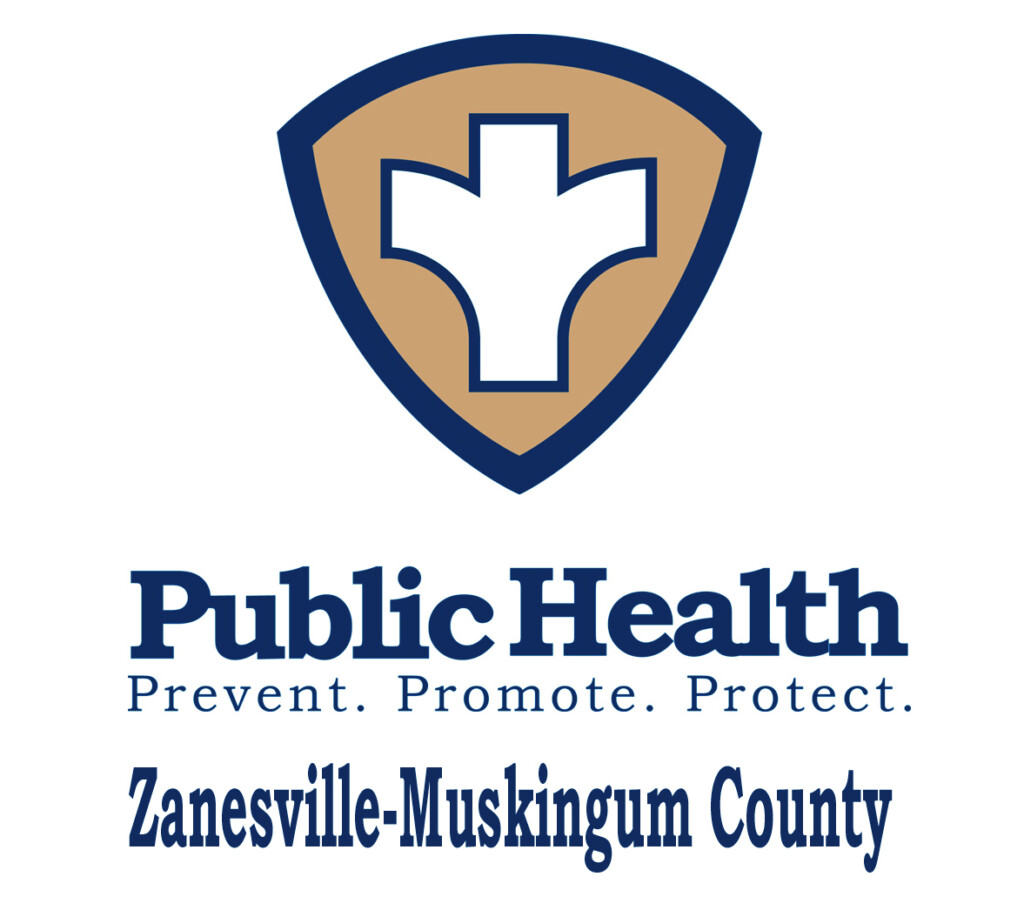SNAP implications at the local level
A national conversation at the local level
ZANESVILLE, Ohio – As the longest government shutdown in U.S. history continues, the situation surrounding SNAP has changed several times over. Initial concerns over the Supplemental Nutrition Assistance Program, or SNAP, as funds ran out at the end of October.
The Federally funded program, distributed by the states did not have their typical resources as the result of the government shutdown. The Trump administration initially declined to use contingency funds for the program. Then, as the record for longest shutdown was broken, the administration changed their minds and announced they will be issuing 50% of SNAP funding from that rainy day fund. Governor Mike DeWine has also announced $25 million dollars in emergency assistance as well.
“While we don’t know the specific tools or vehicles that the services are going to be delivered, they are in play and we’re anxiously awaiting, hour-by-hour, to find out what our next step are at the local level,” said Danny Brenneman, executive director of Muskingum County Job and Family Services.
Muskingum County Job and Family Services distributes SNAP benefits for the county and Brenneman offered insight into what this national conversation looks like on the ground level.
“So in Muskingum County, SNAP is a largely participated federal program. Muskingum County has a little over 14,000 individuals in the program, That amounts to about 16% of the population. That’s very comparable to our surrounding counties…” Brenneman said.
Guernsey, Coshocton, Morgan, and Perry Counties all have 15% or more of their population participating in SNAP, an average of 35% of those SNAP participants being children. For those in Muskingum County, Brenneman highlights a community effort to minimize the harm of a heavily reduced food stamp program.
“So as Muskingum County always does, Muskingum County partnerships have come through and early on there was a coalition developed,” Brenneman said. “Headed up by Michelle Shroyer of the health department, to basically gather the coalition of those entities in the community who provide services to get an assessment, if you will, of who has what types of services that might help mitigate the situation. How folks locally can access these services if if they’re in immediate food need.”
You can visit 211.org/food and enter your zip code to find food resources near you to help obtain food or to donate for those in need.
According to Brenneman, the impact of missing or reduced SNAP benefits goes beyond the people who take part in the program. It will also affect your local grocery stores and the county’s overall economy.
“One fact about the SNAP program is in Muskingum County alone, in the month of August, over $2,400,000 of benefits were issued,” said Brenneman. “So it’s a fairly large program, not only for the recipients of the benefit, who utilize the benefit but it is also prudent to mention that this is also an economic booster for the county in that many of our local retailers also utilize the EBT or SNAP program to assist in part of their business.”
While the the government shutdown continues and threat to SNAP benefits go on, Brenneman wanted to take a moment to dispute a common misconception about SNAP recipients.
“One of the misconceptions that is out there is that most or all folks who are receiving benefits through the program are not working, haven’t worked, and that’s just not the case,” Brenneman said. “The majority of individuals receiving the benefits are of a working class or their of a class of individuals who are beyond or pass that, such as our senior community.”
You can see your county’s SNAP statistics through this link. These are publicly available through through Data.Ohio.gov.
UPDATE at 5:08 p.m. on 11/6/2025: U.S. District Judge John J. McConnell Jr. ordered the Trump administration to fully fund November’s SNAP benefits by Friday.






